THE INISHOWEN '100'
The Inishowen Peninsula in the northeast of County Donegal is perhaps the great overlooked treasure of the Irish landscape and certainly has the longest signposted scenic drive – the “Inishowen 100”, offering a diverse and visually exciting terrain, where the views usually encompass the waters of the loughs or the Atlantic waves.
Virtually every aspect of the landscape is superb – the beaches, especially Kinnego Bay, Culdaff, Lisfannon, Tullagh and Pollan, the towering headland bluffs of Malin, Inishowen, Dunaff and Dunree, and the central mountain range, with towering Sliabh Snacht at the middle of it all.
The scenery is unlike anything you will have seen before, not just the natural beauty, but also because of how the sea and the sky can totally change your view in moments.
The Inishowen peninsula is the best location in the country to capture the Aurora Borealis, or the Northern Lights, known locally as just ‘Rory!’
The route gets it’s name from the approximate number of miles the route runs for, however, few have ever kept their journey under one hundred miles, given the temptation to explore further off the beaten track while on their travels
A wide network was established during the course of the fundraising and restoration work and suitable material was sourced for display. The material ranged from original photographs to boats from 6 to 50ft in length. These larger pieces were housed in a custom built extension funded through grants from IFI, INTERREG, Leader II and Donegal County Council. This extension now also includes a Planetarium.
After Ballyliffin the route passes the Isle of Doagh. Next is Carndonagh - the second largest town in Inishowen, after which
the route turns North again through Malin Town, famous for having won its category in Ireland's Tidy Towns competition
several times, past Five Fingers Strand and then up onto cliff top viewpoint and car park at Knockamany Bens, then down again to
sea level with the route looking out into the open Atlantic, before heading for Banba's Crown a peninsula off the peninsula,
that is home to Irelands most northerly point Malin Head.
On the North Eastern coast passes through Culdaff village and Culdaff Bay (another Blue Flag beach), the remote Tramone Bay,
Kinnagoe Bay. As the coastline turns towards the East it reaches Lough Foyle and Shroove on the mouth of the Lough and then
Greencastle (a port used by fishing boats and landing point for the car ferry to and from Magilligan in County Londonderry,
Northern Ireland).
Then as the road heads South along Lough Foyle it passes through Moville town, Quigley's Point and the
Village of Muff where the road turns right and heads back to Bridgend where the journey started.



